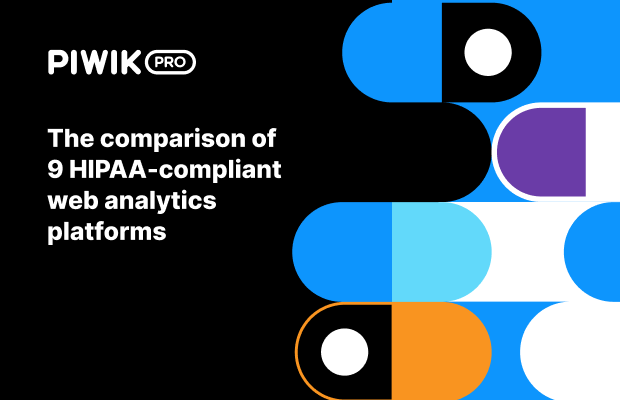Google Consent Mode is an API developed in 2020 that can interact with your consent management platform (CMP) or a custom consent implementation. In Google Consent Mode, the CMP transmits users’ consent status to Google, so it can process it further.
Consent Mode adjusts how Google products, like Analytics, Tag Manager or Ads operate, depending on the visitor’s decision about advertising and analytics cookies. Google Consent Mode has been introduced to make up for the data losses resulting from the consent requirements imposed by GDPR and other data privacy laws. However, the system is not without flaws.
In consent settings, you will find built-in consent checks – ad_storage and analytics_storage – that are used by the given Google tag and can’t be modified.
With only the default settings of Consent Mode in place, Google continues to collect data even when a visitor has explicitly said “no” to tracking and transfers data to the US, where it’s subject to US government surveillance. This is a breach of GDPR and most other privacy laws.
You can be privacy-compliant while using Consent Mode if you apply some modifications to the setup. To do so, you will need to block Google’s hits processed without consent. You’ll do it by forcing every tag to require explicit consent before any data is sent.
Google Consent Mode v2
In November 2023, Google announced the launch of Consent Mode v2 in an effort to better align it with users’ privacy preferences and regulatory demands.
As mentioned, until now, Google Consent Mode used two parameters – ad_storage and analytics_storage. The updated Google Consent Mode includes two additional parameters:
- Ad_user_data determines whether personal data is sent to Google for advertising purposes based on user consent.
- Ad_personalization controls whether personal data can be used for purposes such as remarketing.
When these two new parameters are not “granted”, it will not be possible to build specific audiences and run personalized advertising on Google Ads in the EEA region.
There are two ways to implement Consent Mode v2:
- Basic Consent Mode blocks tags from firing altogether when relevant consent is not granted. As a result, no information is collected for analytics or ads purposes. This option still enables some conversion modeling in Google Ads.
- Advanced Consent Mode involves sending cookieless pings to Google even if consent is not granted. This allows for behavioral modeling and enables full advertising capabilities. At the same time, it does collect users’ data even in the absence of consent.
Without Consent Mode v2, your measurement and reporting, audience list, and ability to do remarketing in the EEA will be restricted. To use Consent Mode v2, you need to have a cookie banner, which typically involves getting a Google-certified CMP, such as Cookie Information. You must implement the new Consent Mode before March 2024.
Additional reading:









